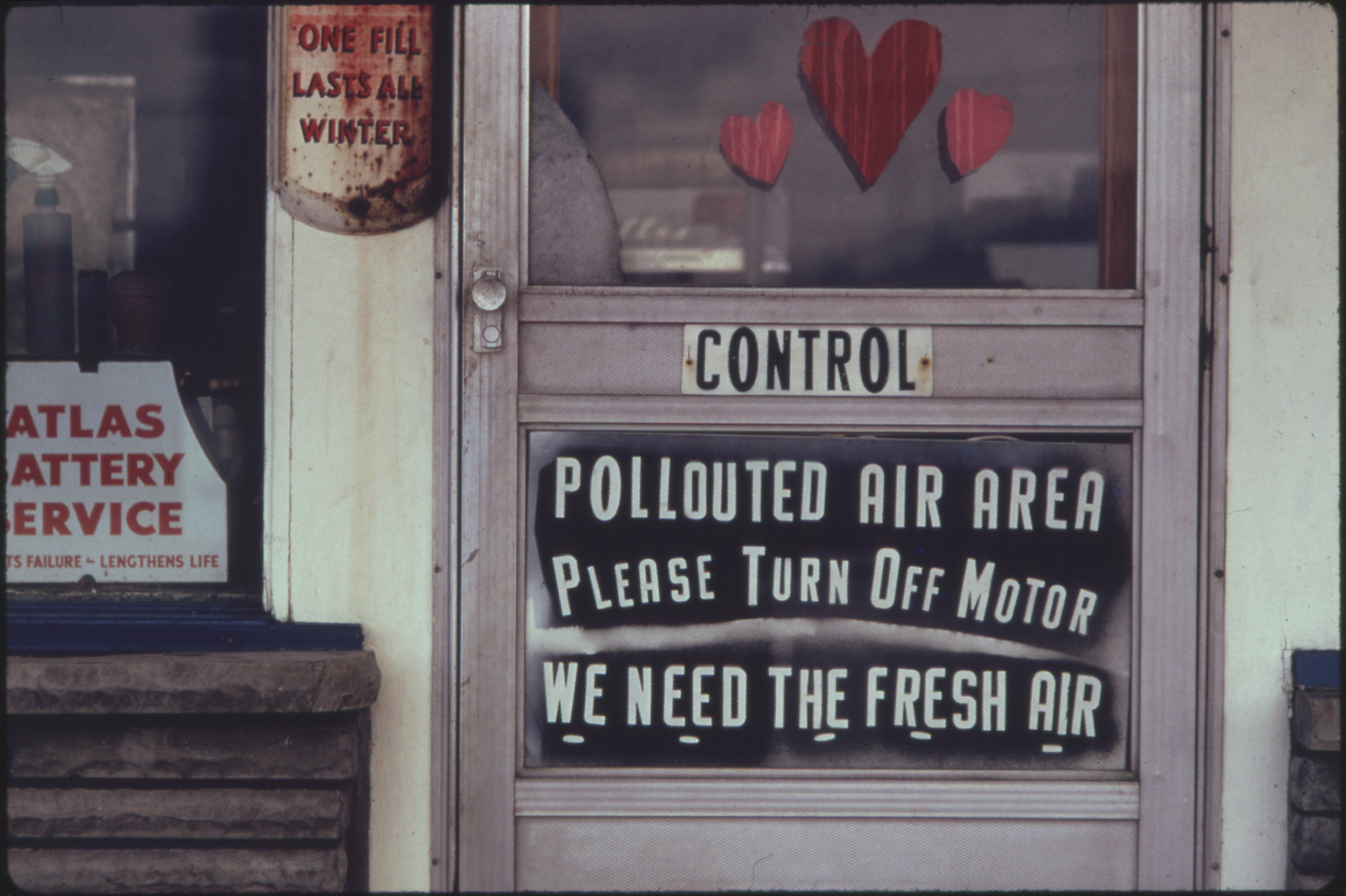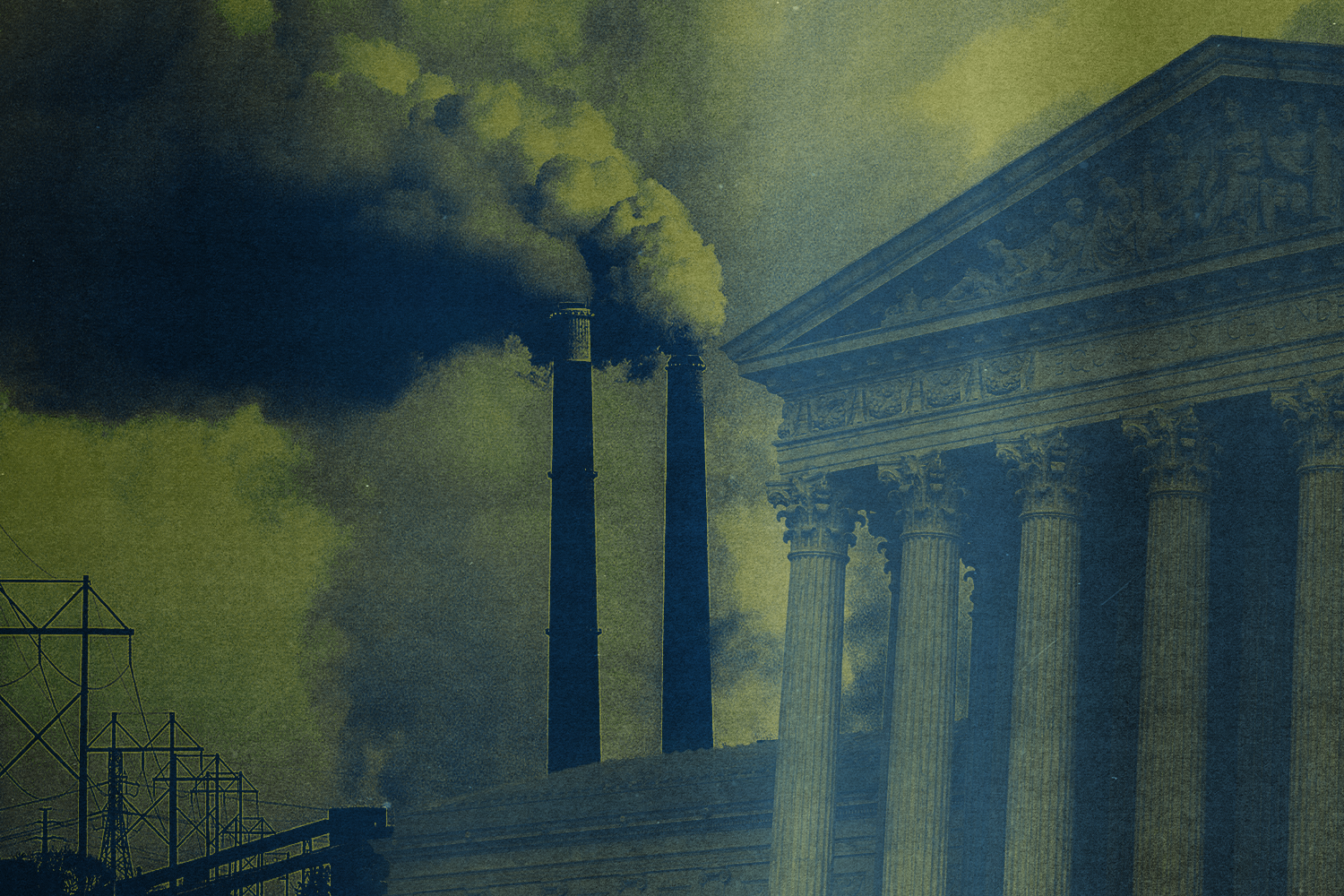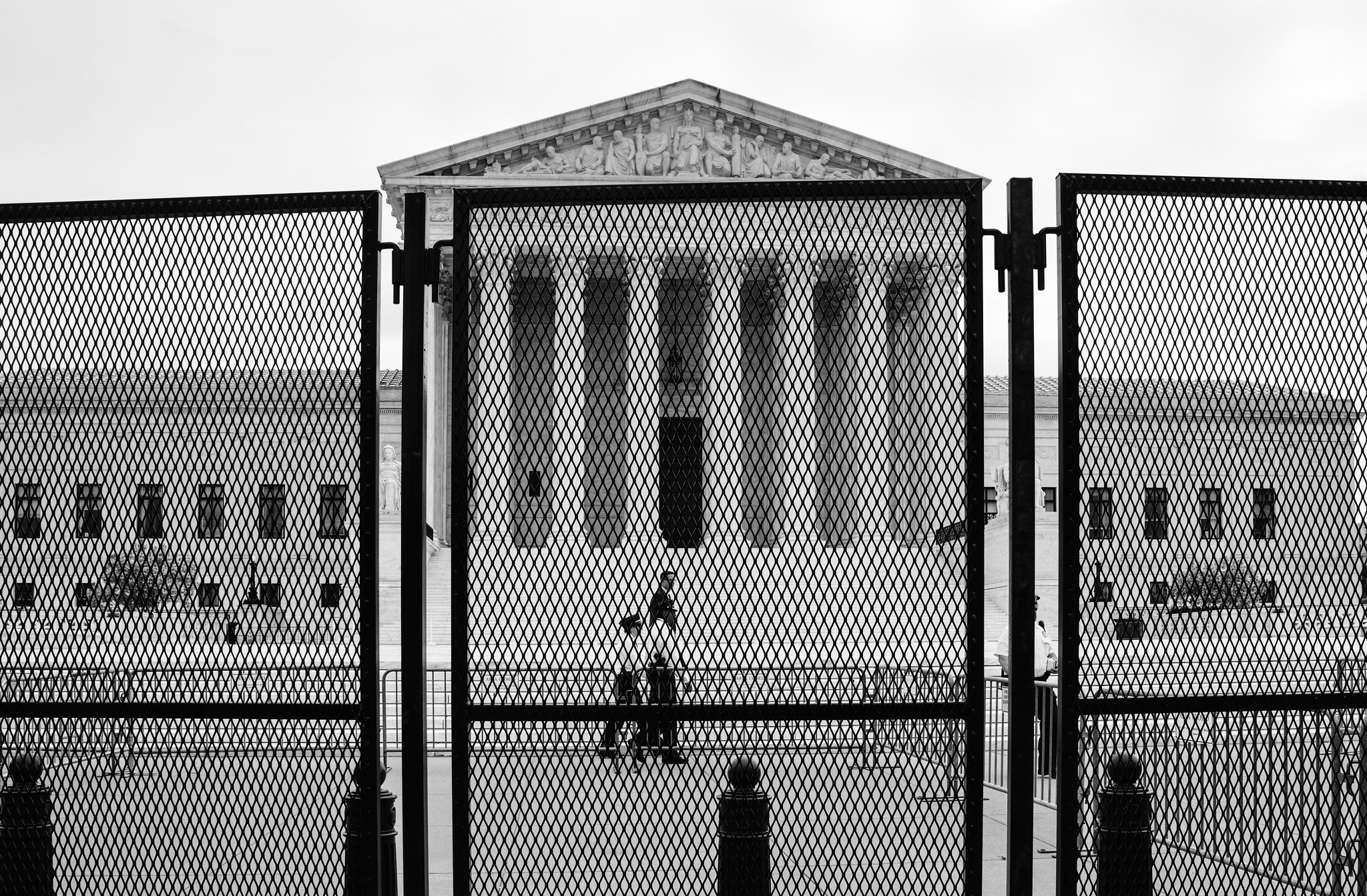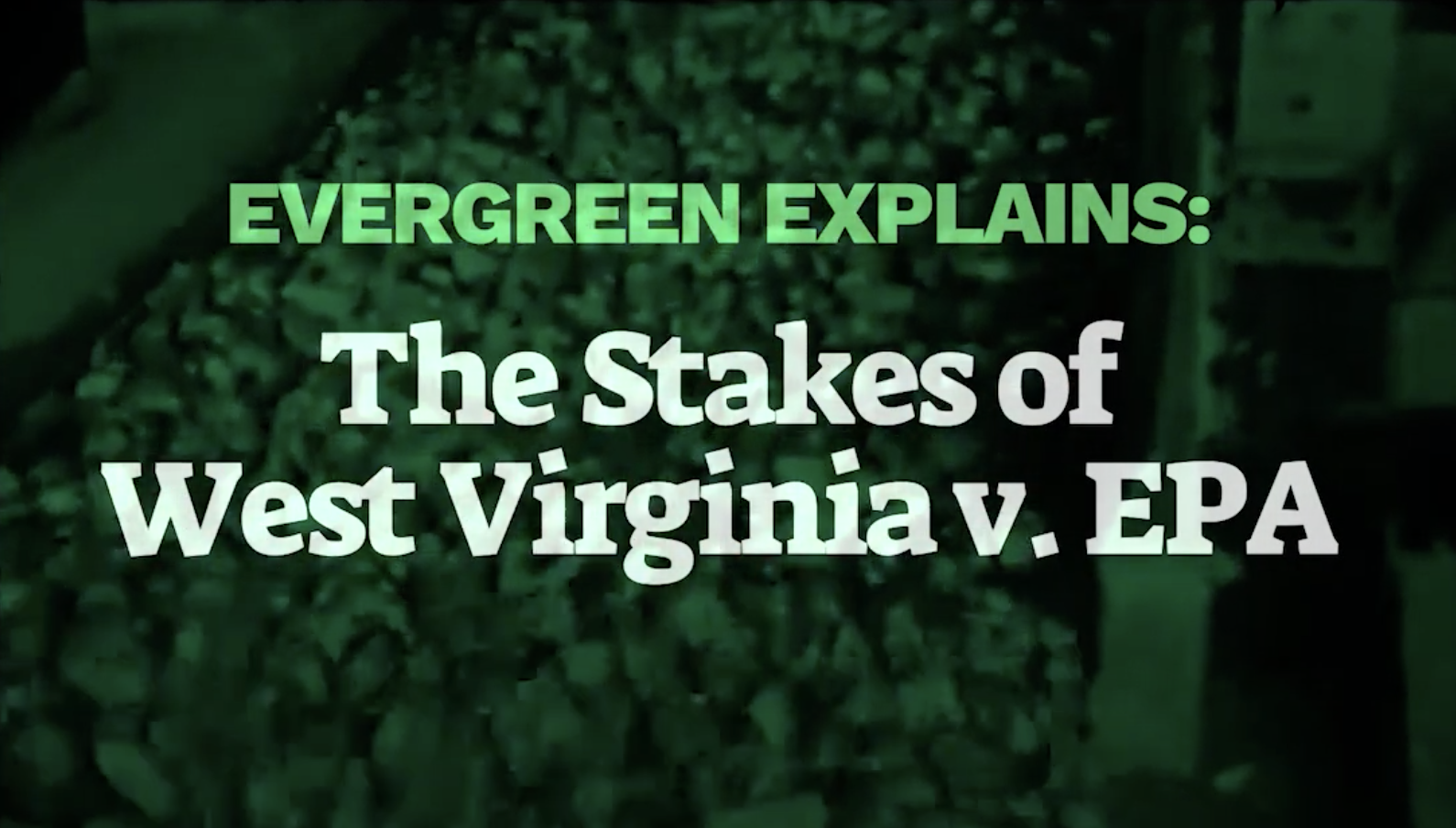By Evergreen Action and Earthjustice
Header image: "Pollution sign affixed to the door of a gasoline service station across the Monongahela River from a United States Steel Corporation coke (fuel) plant at Clairton, Pennsylvania, 20 miles south of Pittsburgh. The plant previously has been cited for violations of the Clean Air Act." (National Archives)
The Supreme Court’s decision in West Virginia v EPA limited the EPA’s ability to reduce climate pollution from power plants. However, significant authority remains. Here’s what’s next for climate action after West Virginia v EPA.
What did the Supreme Court say, exactly?
This Supreme Court, and its newly formed conservative supermajority, closed out its explosive first term by limiting the authority of the EPA to lower greenhouse gas emissions and combat the climate crisis. In a 6-3 decision, the Supreme Court held that the Clean Air Act did not give the EPA the authority to set emissions limits for existing power plants based on the power sector’s ability to shift to cleaner renewable energy sources from dirty fossil fuels. The process, known as “generation shifting,” is the best system of emission reduction and would have been a powerful tool in helping our country reach its climate goals.
Because the power sector is one of the largest emitters of greenhouse gas emissions in the country, this decision is a blow to EPA’s efforts to regulate climate pollution at power plants and constrains the tools they can use to tackle this problem. However, the Court did not altogether remove EPA’s authority to regulate carbon dioxide or other power plant pollutants—in fact, the EPA can and must still issue regulations to do just this.
How did the court make this determination fifty years after the Clean Air Act was signed into law? The conservative justices say their decision relies on the so-called “major questions doctrine,” (which, as Justice Kagan notes in her dissent, is not a term the Court has ever used before). According to this doctrine, the conservative majority asserts that any issue with major economic or political consequences requires explicit congressional authorization in law. And yet, the standard for when this framework would apply remains ambiguous. Indeed, Justice Kavanaugh, when he was on the D.C. Circuit, said that it is a “know it when you see it” test. The conservative Justices have given themselves a powerful deregulatory tool to advance an ideology of smaller government, rather than a clear aide to interpreting the law. With the stroke of a pen and a “major questions” declaration, they can, from the bench, determine how much regulation is too much regulation. From the striking down of OSHA’s vaccine mandate to the West Virginia v. EPA decision, they’re only scratching the surface of how this dangerous doctrine could limit the ability of federal agencies to take action on some of the most pressing challenges facing our country.



